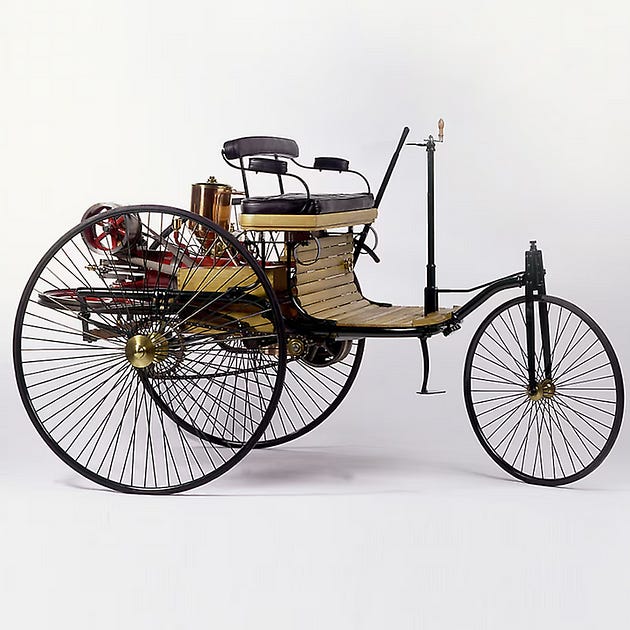No, you can’t Fail Fast...
…for people who have never failed.
The career ladder of a corporation is a massive mechanism to contrast, compare and filter competencies. The machine grinds day and night to determine who should sail the ship through storms and can navigate into safe and lucrative waters.
It is therefore incumbent upon anyone who wishes to climb the greasy mast of this ship to build a portfolio of expertise to demonstrate that without doubt they are fit to take the helm.
Human Resources departments will encourage everyone in the business to build a portfolio of successful performance that will be used as the basis for frequent professional appraisal.
Consider a mechanism that is more likely to promote those with the most impressive record of success. Over time, consider what kind of cream floats to the top.
In an organisation of thousands that has exercised this filter for years, the collective record of those in charge must be an impressive sight. Products delivered on time and on budget. Customers pitched precisely. Astonishing new technology developed at speed.
It’s a comfort to know that those above you in the management chain exhibit the talent required to keep the whole ship afloat. After all, I’m a rocket scientist who works with innovation and new concept development. I usually don’t know what the problem is, who the customer might be, what solution might resolve this problem nor how we might instantiate this solution with technology that might not yet exist. There are a great many methods one might use to discover a route forwards, and I try to deploy them all.
Fail Fast Fail Cheap is a strategy so commonly and unthinkingly recommended it has reached cliché perhaps only exceeded by the demand to think outside the box.
This approach makes a great deal of sense. To make progress over turbulent waters towards a dark objective that is unknown, we must feel our way. We must try things out.
Evidence based entrepreneurship employs an exploratory foundation drawn from the scientific method. As I am a scientist trying to derive new products or identify the next big thing, this is rather convenient.
A common measure of success is to fail 90% of the time. If only a single proposal from ten attempts gains some traction in the business then we are doing well. Job done.
Before you start celebrating, consider for a moment the audience for all that failure.
Typically those who hold the purse strings to finance these failures are senior decision makers with impeccable records of success. Consider how this string of repeated failure appears to an organisation that prioritises and rewards successful delivery.
What does a series of research threads look like on a portfolio intended to sell your competency? Contrast and compare the following hypothetical records.
76 radical experiments, all of which provided data available nowhere else, shelved until conditions are right for exploitation.
A single multi-year thread of conservative research that has now evolved into a multi million dollar product development programme.
If you had to support the progression of your career with one of these options, which would you choose? Which of these options would you prefer to discuss in your yearly performance appraisal?
Would you prefer to broadcast your repeated success at failing fast? Or would you prefer to showcase years of slow but relentless progress towards a mundane but profitable outcome?
Of course, neither of these two approaches exist in a vacuum, and you might expect that you cannot pursue the latter without experimenting upon the former. However, are those selected to perform that inexorable climb to profitability the same as those that failed so often, failed so quickly and failed so very cheaply?
Research funding is often mixed with the pursuit of more conservative research and development, from which a decision maker is free to select. With conservative options that are more likely to succeed on the table, these decision makers really don’t need to attach your string of failures to their record.
The smart operator would select from that string of failures the most likely candidate to succeed, and ride it all the way to the top. Hence, careers in corporations tend to lead away from a specialism in innovation, experimentation, fastness, and cheapness. High fliers don’t stay long, and this is the smart decision.
If you do intend to fail fast and fail cheap, it’s worth remembering that those who run the business, and who have authority over your career progression, may have reached this position by never failing at all.
Good for them.
I’d never put me in charge.
I fail fast.
The Case For The Automobile.
It’s 1880, and an innovative new technology has been released onto the market. You’re an innovator and entrepreneur and you’ve just had a great idea. This could change the world.




Fail fast, succeed fast